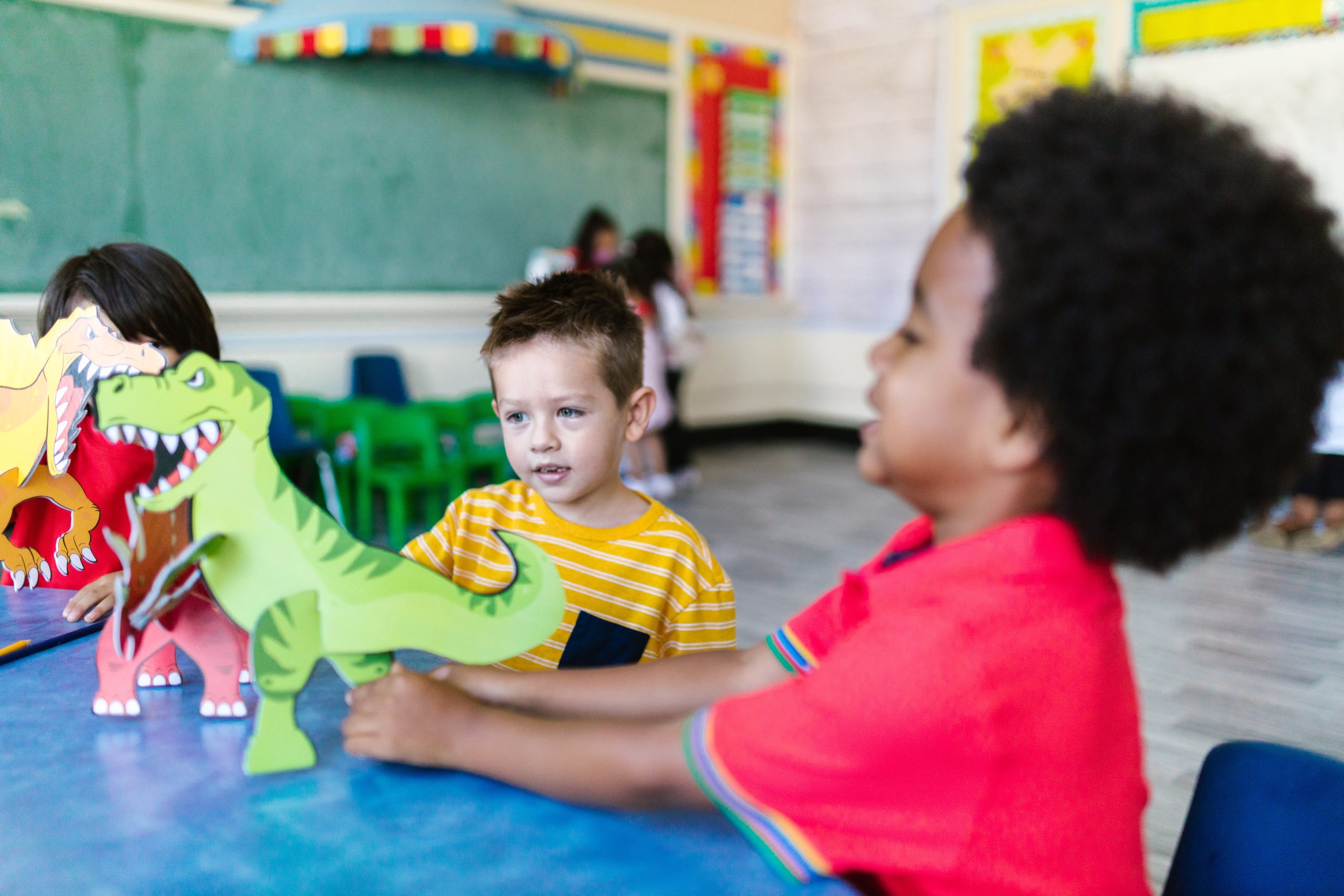The play of children with Autism Spectrum Disorder often looks different from that of their neuro-typical brothers, sisters and friends. Parents may observe any of the following common difficulties in the play of children with ASD:
- Limited functional play with toys (eg. stacking a stacking toy, driving a toy car etc)
- Repetitive play with objects (eg. lining up toys)
- Difficulty with open-ended activities (eg. playing with dolls)
- Intense fixations on one small part of objects *eg. spinning the wheels of a toy car)
- Difficulty with turn-taking
- Difficulty with being able to share
- Difficulty with communicating (asking questions/listening to responses)
- Difficulty staying within the play area/tolerating others in their space
- Lack of spontaneous engagement with others
Supports for Play Needed for the Child with ASD
Almost all children with ASD need support to develop their play skills. These supports might include:
- Setting up the environment so that the child is able to focus. This includes putting away toys that are not being played with.
- Engaging the child in what interests him/her
- Gradually introducing new toys and sensory experiences because some children need to be exposed to a new toy for a while before playing with it on their own.
- Modeling how to play with the toy.
- Guiding the child to play with a toy or piece of equipment and gradually giving less support
- Encouraging the child to imitate his/her peers by describing what the peers are doing. eg. “Joshua is pushing the car”
- Providing visuals so the child can be a more independent player (choice boards or mini schedules (see Module 2)
- Teaching the child how to take turns in an activity with an adult and then once successful, introducing a peer into the game.
Always provide positive feedback and reinforcement for appropriate play. If this is a new skill the child is learning, s/he will need more validation and higher praise at first. Remember, to see a behaviour or a skill again the child must be validated and reinforced.
Adapted from the Denver Model Treatment Manual, 2001 and Connectability.ca
Supporting Play with your Child
Factors to Consider When Choosing the Right Activities
- Likes/ Dislikes
- Interests
- Sensitivities
- Effective Reinforcers and motivators
Supporting Play and Communication Using the 4 I’s (adapted from Hanen’s More than Words Program)
- Include the child’s interest
- Imitate the child’s actions
- Interpret what the child is trying to tell us
- Intrude on what the child is doing (additional visual)
Developing Communication and Play Skills
(adapted from Prizant and Wetherby, “Communicative Temptations”, “International Communicative Behaviour of Children with Autism: Theoretical and Practical Issues”)
Communication Temptations Handout Slide 2
Creating More Learning Opportunities for Your Child with Autism
Using “People Games”
(adapted from Hanen’s More Than Words Program)
People Games Definition and Things to Consider
Games to Help Your Child with Autism Communicate
Playing People Games – Hanen Centre
Toys, games, and ideas to encourage social interactions:
- Simple foam boards/ puzzles
- Dolls, stuffed animals
- Shape sorters
- Swings, slides
- Cars, vehicles
- Musical videos
- Music
- Peek-a-Boo
- Action songs
- Colouring
- Activity Centre
- Ball (throwing, catching or kicking a ball back and forth)
- Tea Party/ Birthday Party
- Chase
- Ring-Around-the-Rosy
- Lego, Blocks
- Cars, Vehicles, Trains
- Marble maze
- Puzzles
- Dolls, action figures
- Painting
- Matching games
- Construction play
- Pretend play
- Socio-dramatic play
Adapted from A Work in Progress, 1999
March 2023

